Theodora Skipitares
Views from the Miniature City
May 20th - June 18th
15 Orient is delighted to present “Theodora Skipitares; Views from the Miniature City”, a solo-exhibition by New York based artist and puppeteer Theodora Skipitares. The show is her first with the gallery and serves as a prelude to a future performance.
The exhibition centers on works from Skipitares’s seminal 1981 show "Micropolis: 6 Portraits and a Landscape,” in which a host of figures appear within various interiors characteristic of downtown New York City. Drawing on elements of her own personal history as well as topical events of the time, these hand-crafted tableaux reflect issues of urban decline, contemporary media and its relation to individual storytelling, the contested mediations between the public and the private, and the political powers of theatrical re-enactment.
Charting her transition from performance to puppetry, the works from “Micropolis” are presented alongside a number of Skipitares’s early self-portraits. In 1981, following a number of live one-person productions, she began performing alongside a troupe of 30-inch latex figurines created in her own likeness. Initially cast in supporting roles, these figures soon took over the stage, as Skipitares was drawn to the “innocence and purity” that make puppets especially effective in illuminating and critiquing social and political issues. The original plaster mold Skipitares used to make her initial self portraits was employed to create hundreds of various figures over the course of two decades. Hence, varied as they appear, Skipitares refers to the figures populating her miniature city as her “Little Theodora’s”.
After working for several years as a solo performer I began feeling alone onstage. One afternoon as I looked across my studio, I saw leaning against the wall the few dozen full-body self-portraits I had made out of cast latex. I grabbed one, took a saw, made a cut at the shoulder and another at the elbow, and then stitched the pieces back together so they could move in different positions. I tied a string to one of the fingers and then ran the string up to the ceiling and across the wall, so I could animate the figure remotely. This thirty-inch-tall figure and others, which I called “little Theodoras,” started to appear onstage with me in supporting roles and eventually took over the performance space. Soon I left the stage to become their director. What I didn’t realize immediately was that I had stumbled onto a kind of puppet performance.
Autobiography became less important to me, as I discovered that these “puppets” were innocent and neutral and therefore capable of telling the truth in a way that most actors couldn’t. They seemed a perfect match for documentary material, whether it was historical, scientific, medical, or breaking news. The puppets in effect determined the texts, which were, not surprisingly, fragments of information, stitched together in a montage. Brecht’s ideas about performing, or at least what I understood about them, intrigued me at this time.
-Theodoara Skipitares, Women and Puppetry, Routledge, 2019.
Theodora Skipitares has performed at The Performing Garage, The Museum of the City of New York, Artists Space, La Mama Theater, Franklin Furnace, The Byrd Hoffman Studio, The Whitney Museum, Lincoln Center, The Kitchen, Theatre Am Turn and Galerie AK in Frankfurt and The Mickery Theater in Amsterdam, among others. Skipitares is the recipient of numerous grants including the National Endowment of the Arts and UNIMA (the International Puppetry Association). She is also the recipient of Guggenheim and Fulbright fellowships. Her productions garnered two New York Innovative Theatre Awards in 2005. She is currently a professor at the Pratt Institute, teaching puppetry and performance with objects.
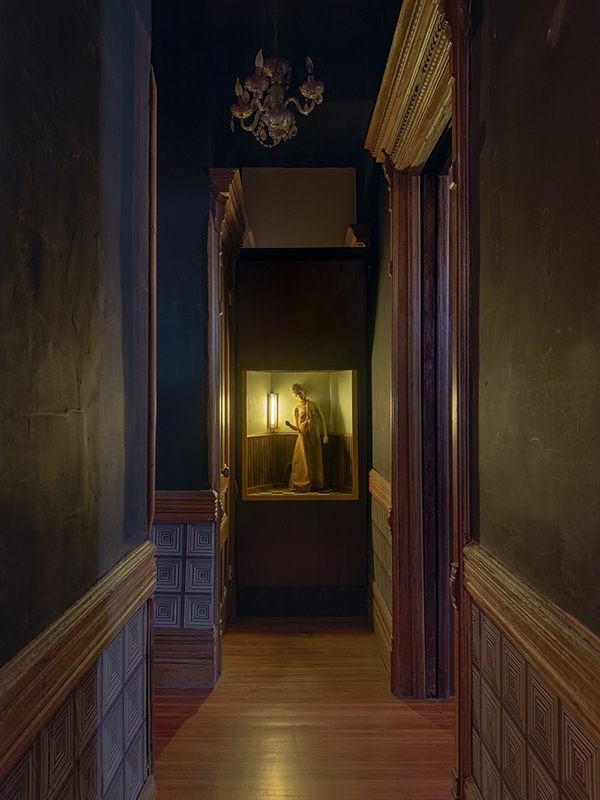
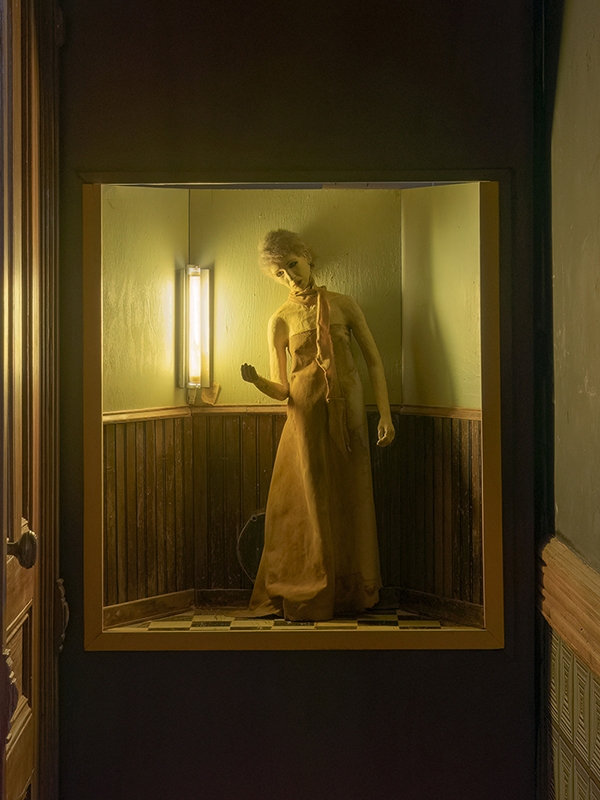
.jpg)
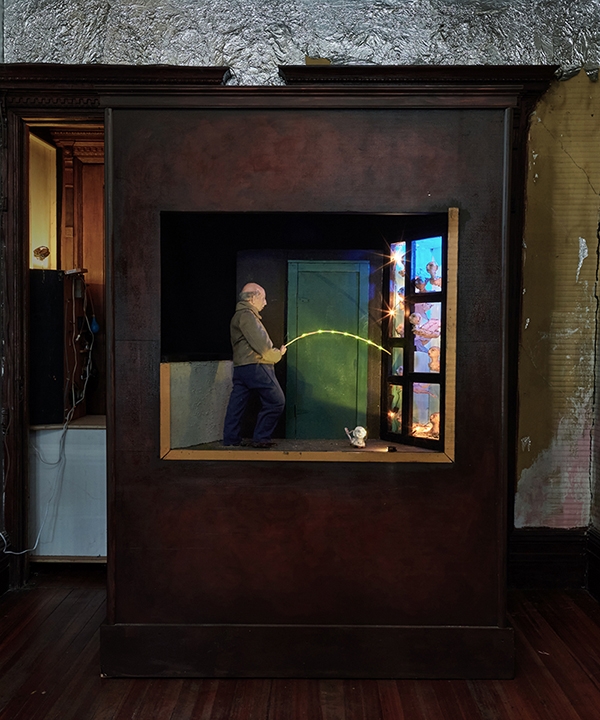
.jpg)
.jpg)
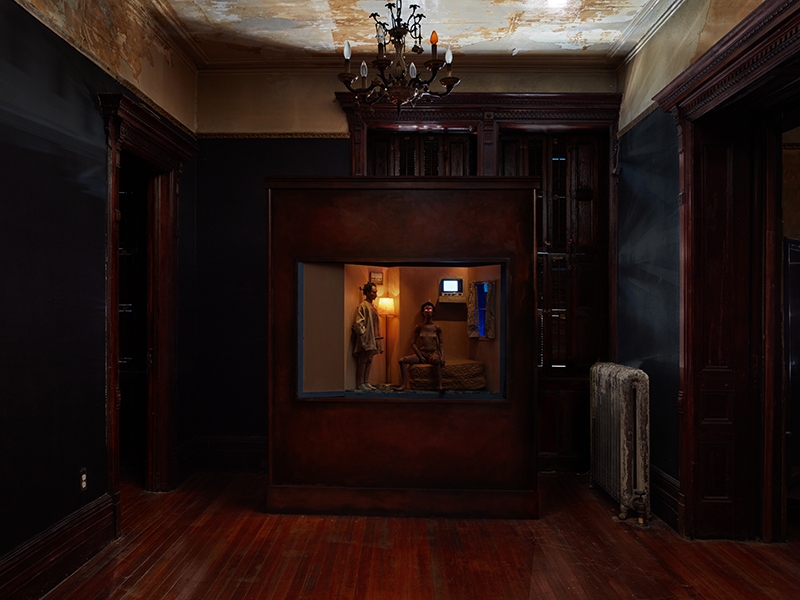
.jpg)
.jpg)
.jpg)
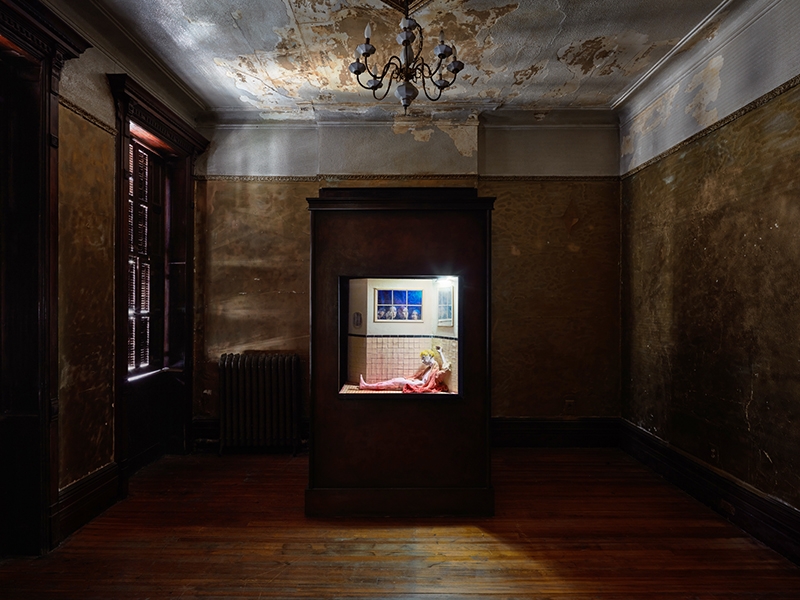
.jpg)
.jpg)
.jpg)
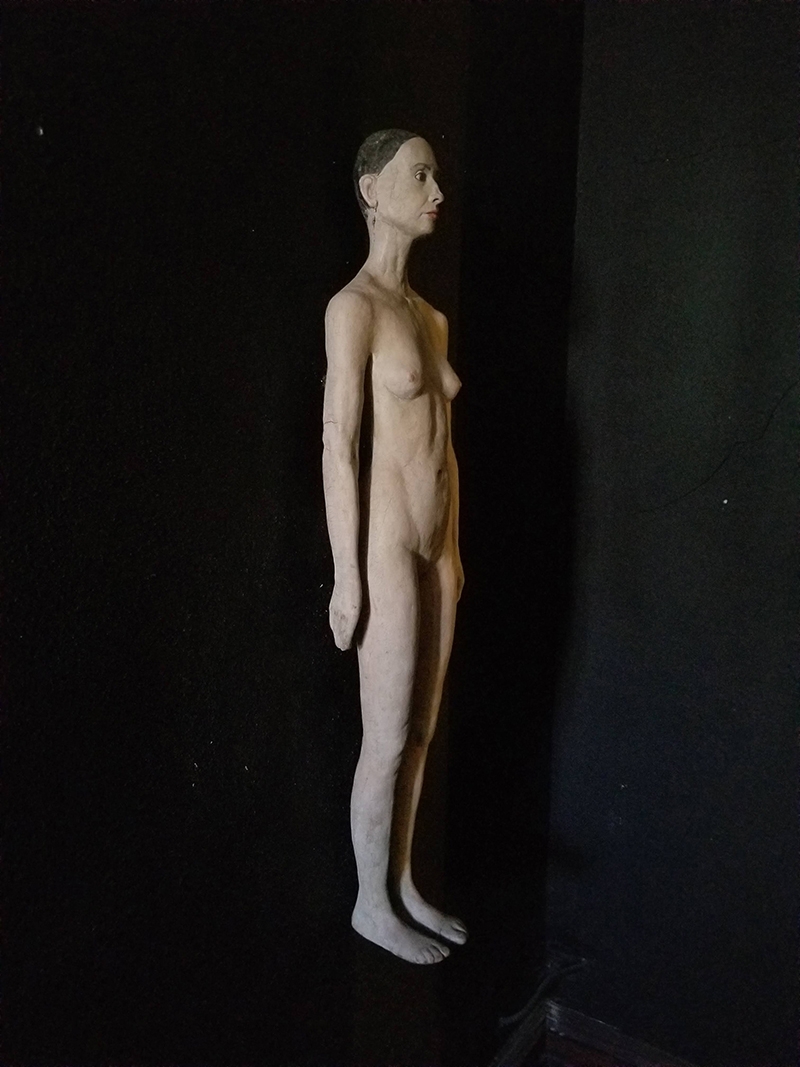
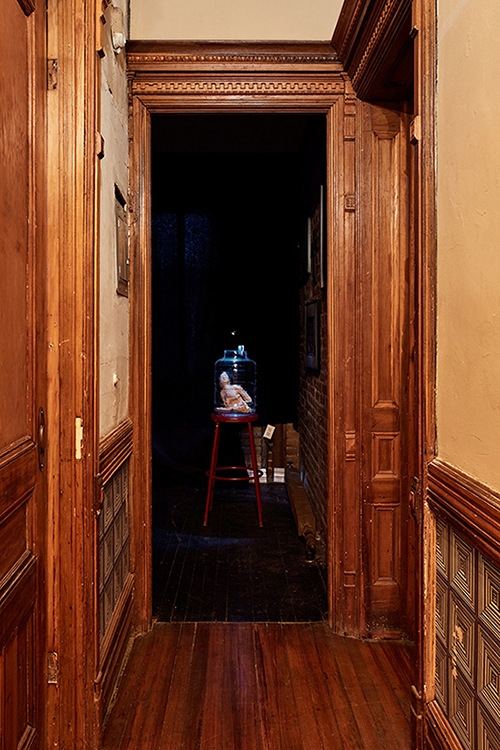
.jpg)
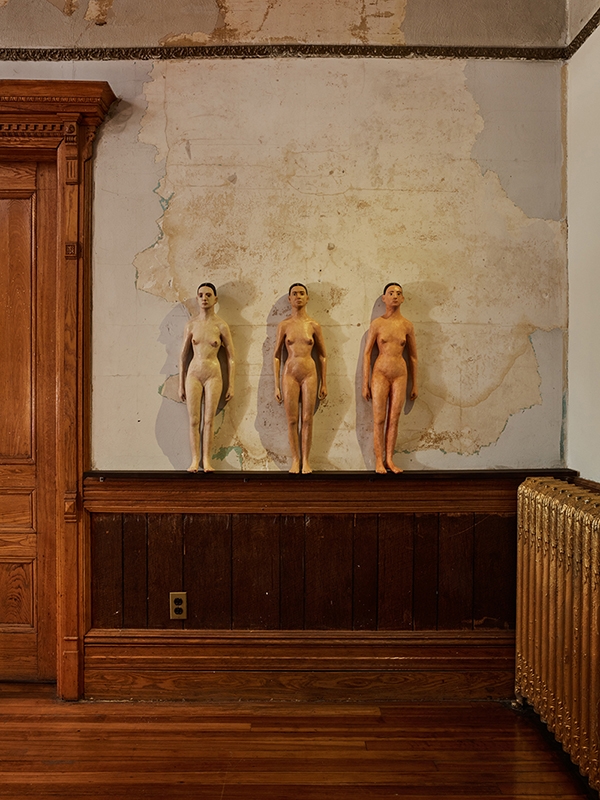
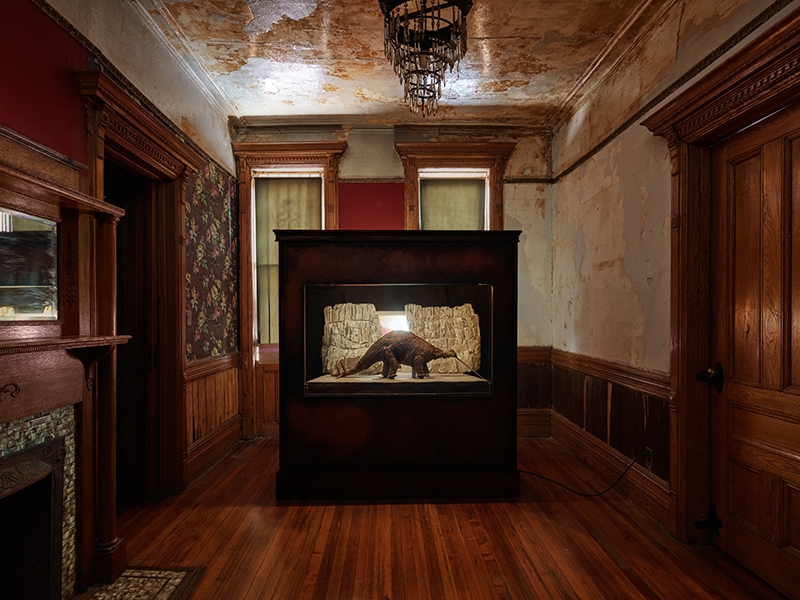
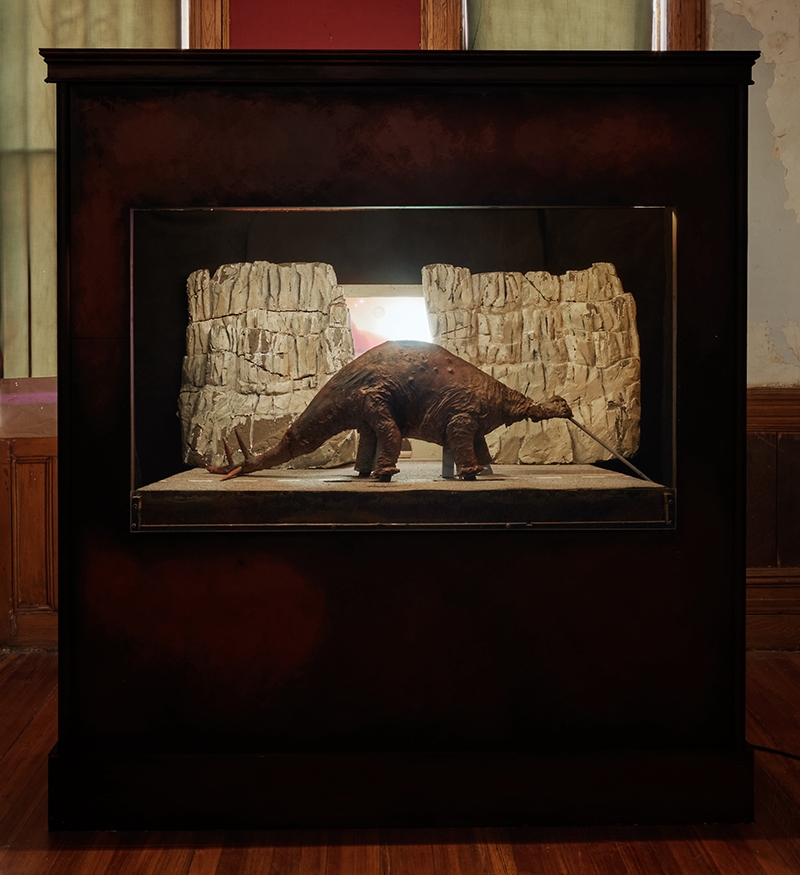
.jpg)